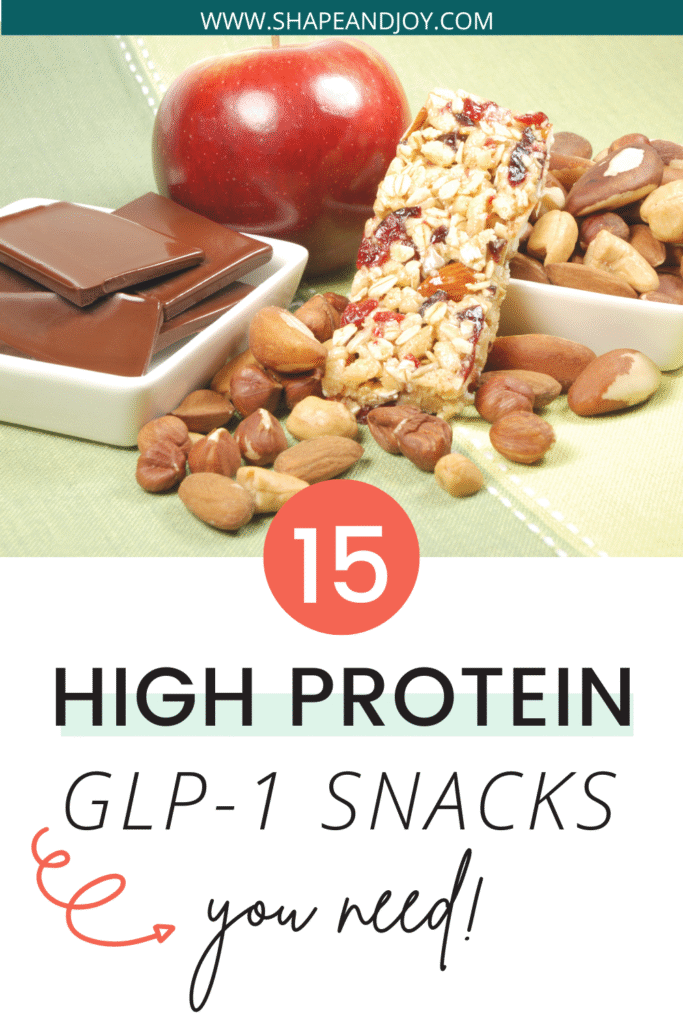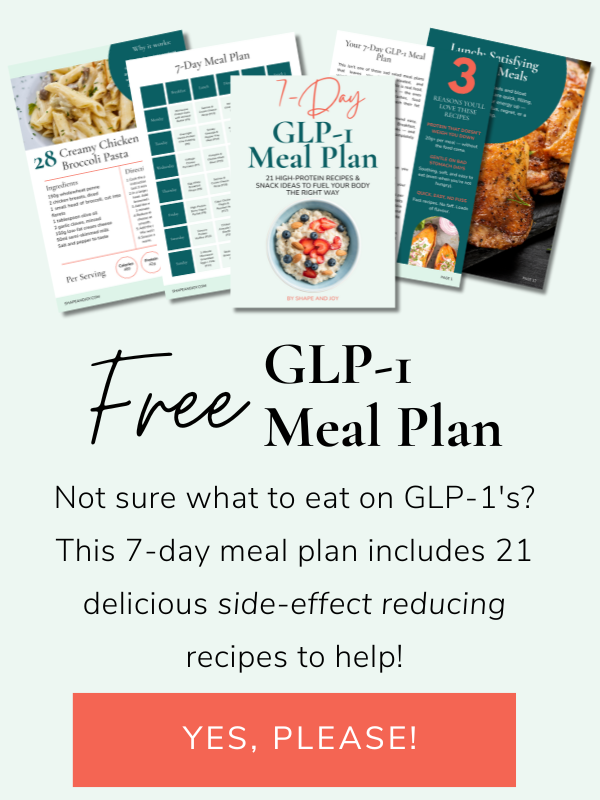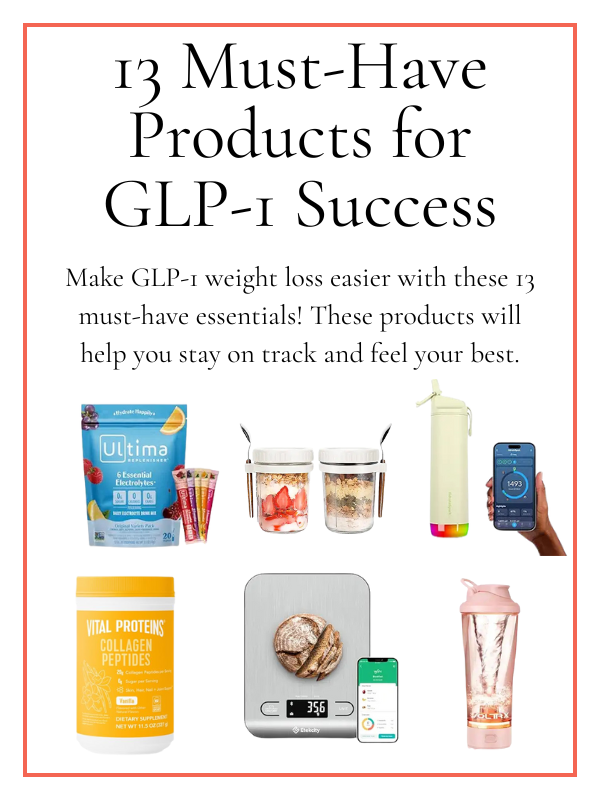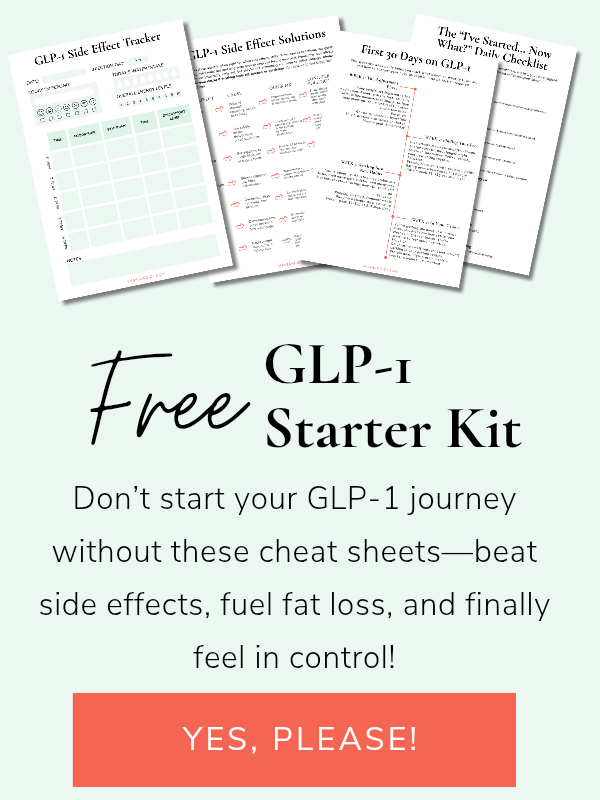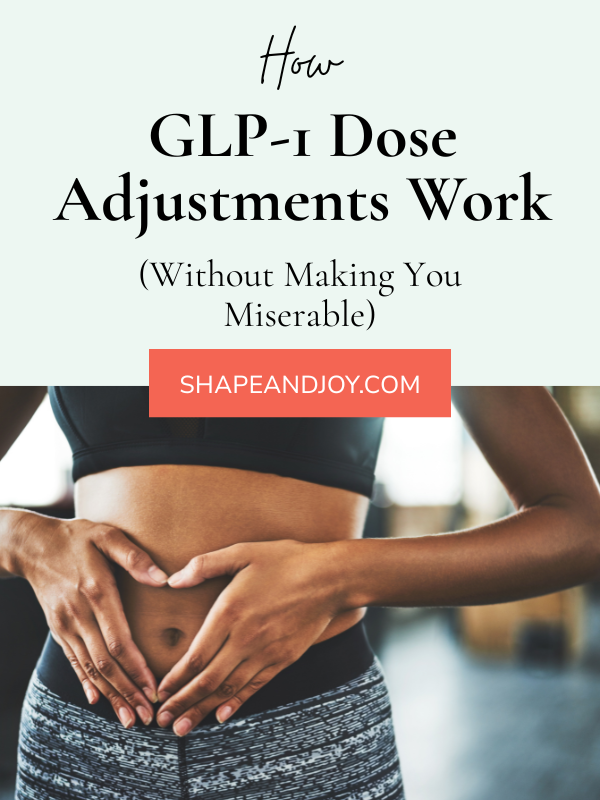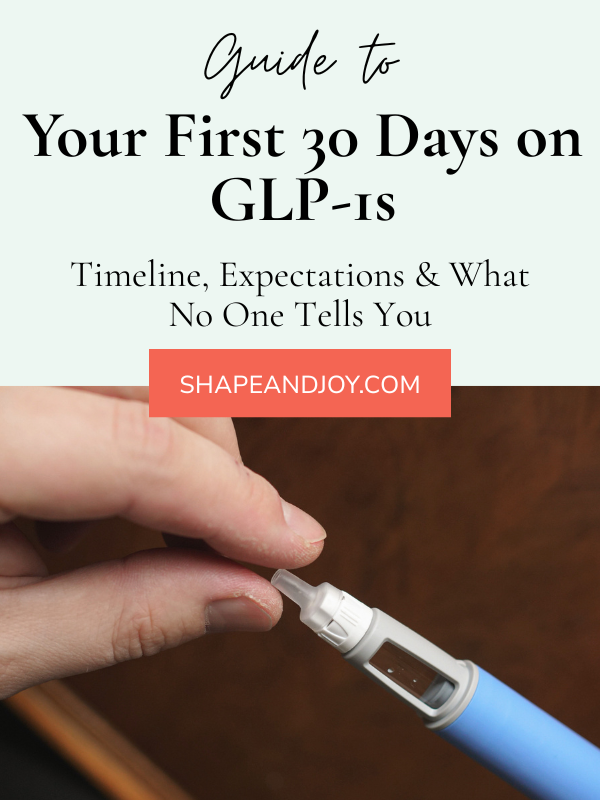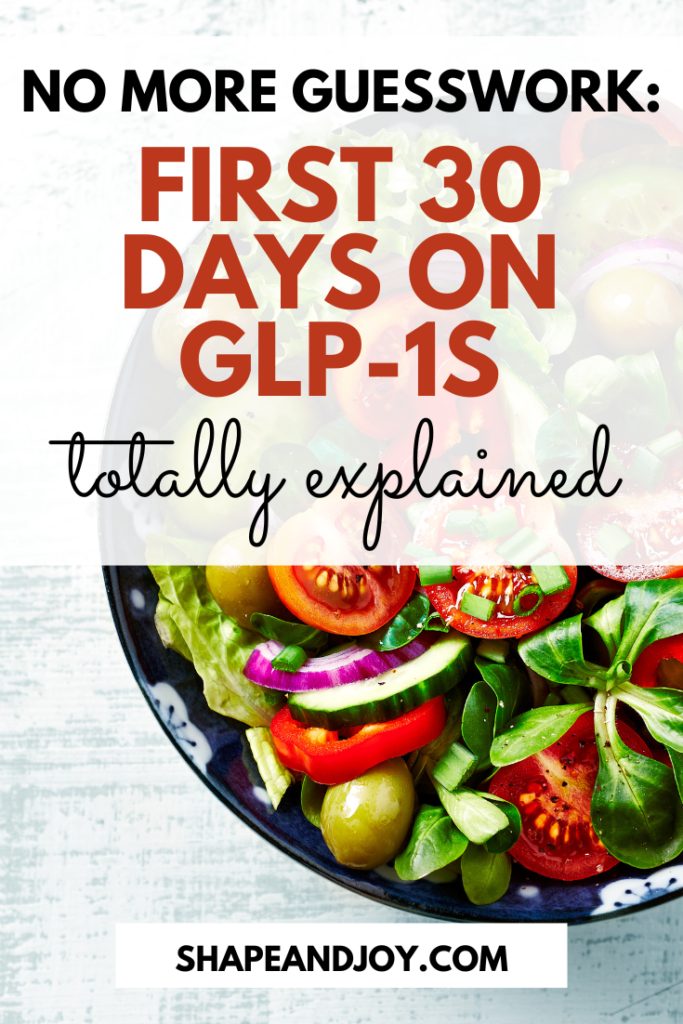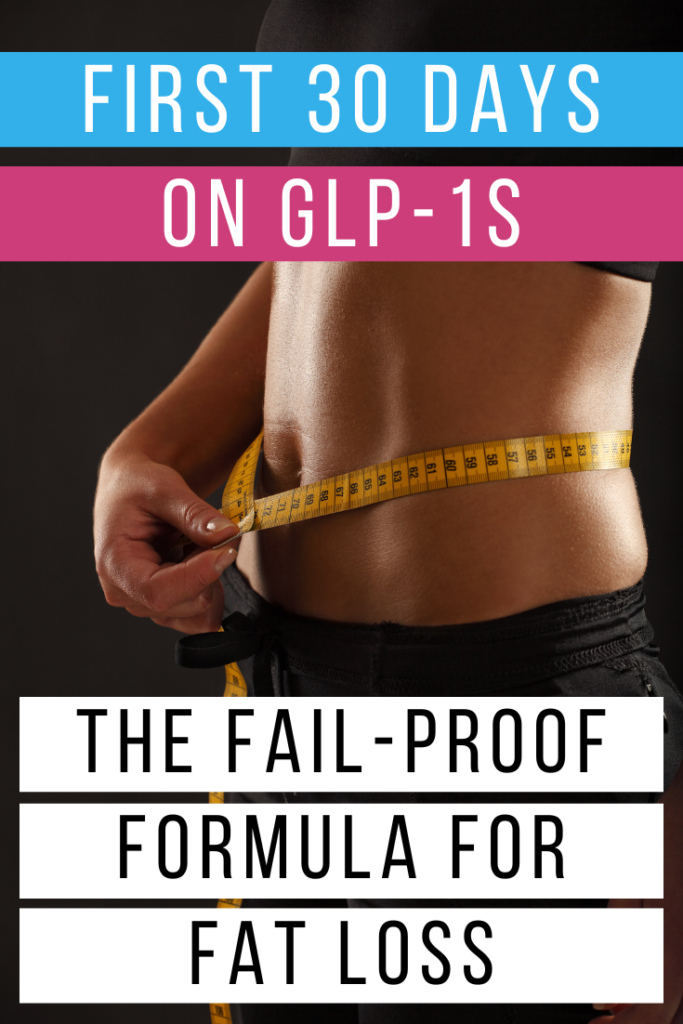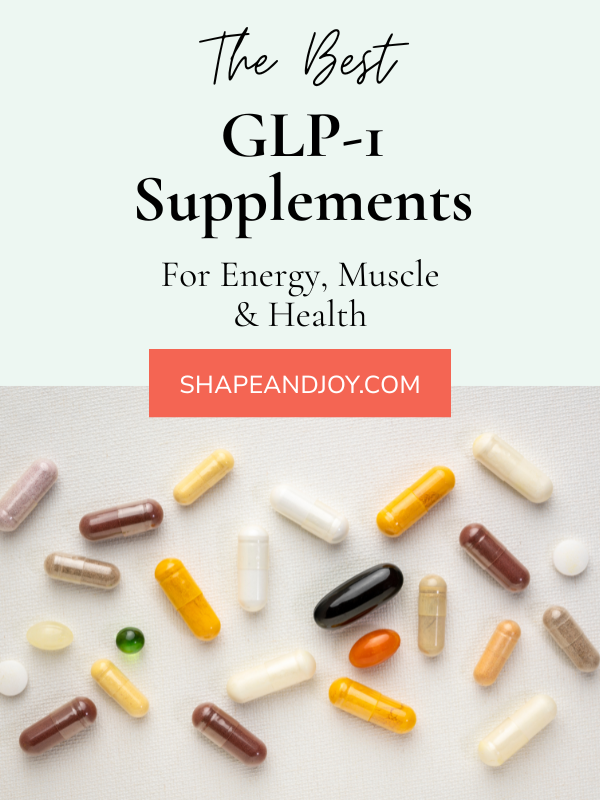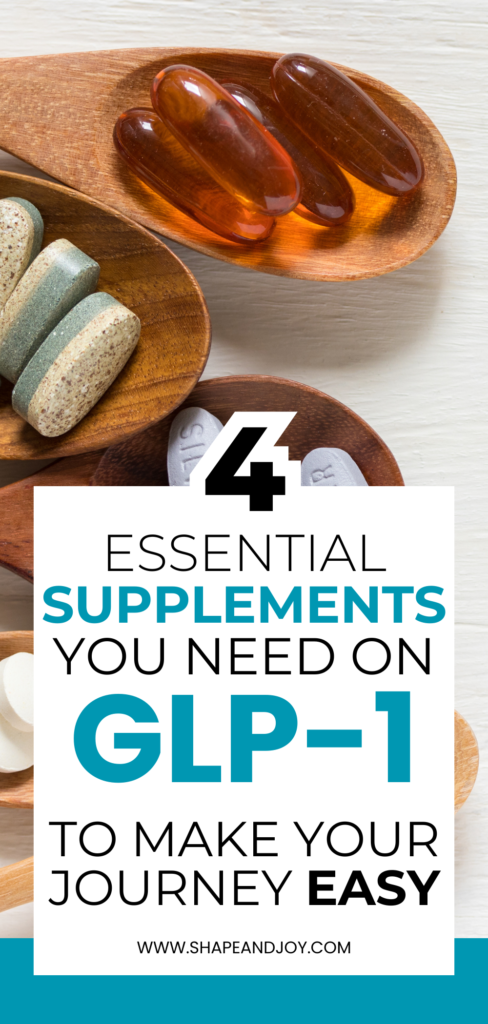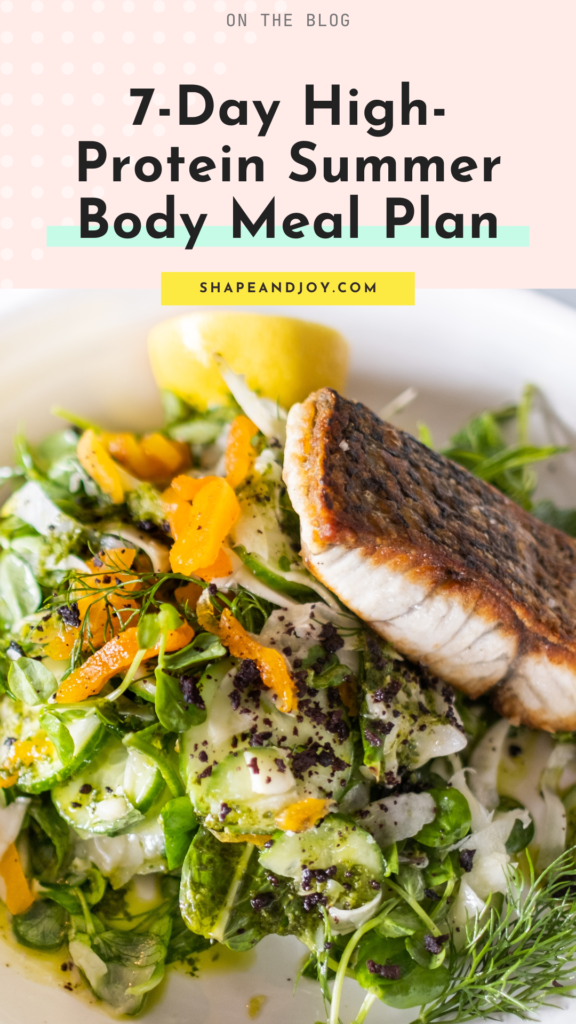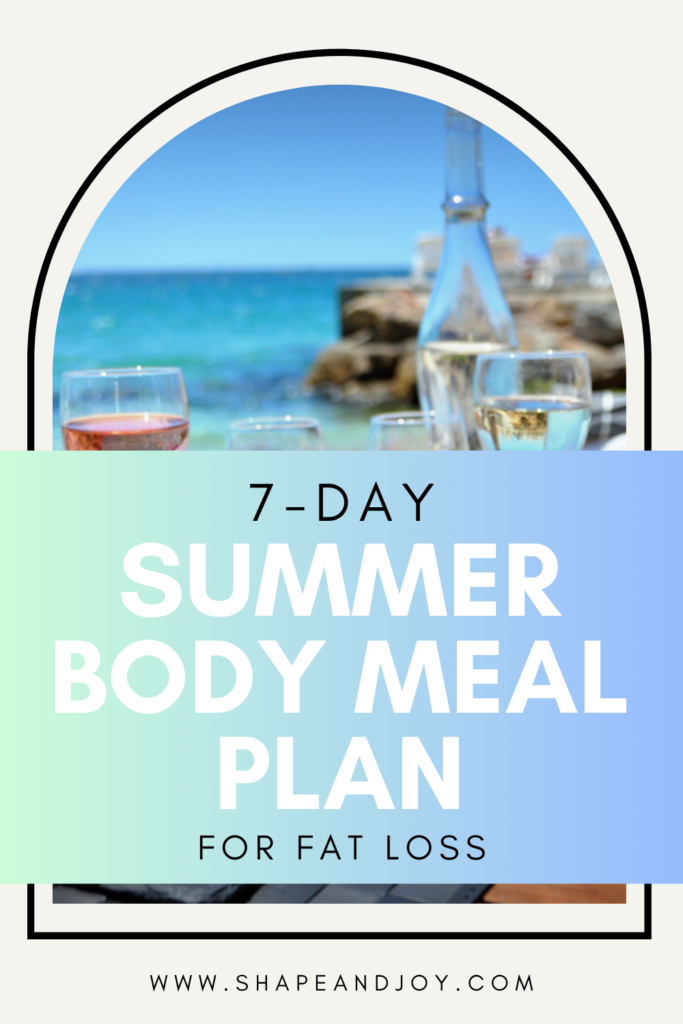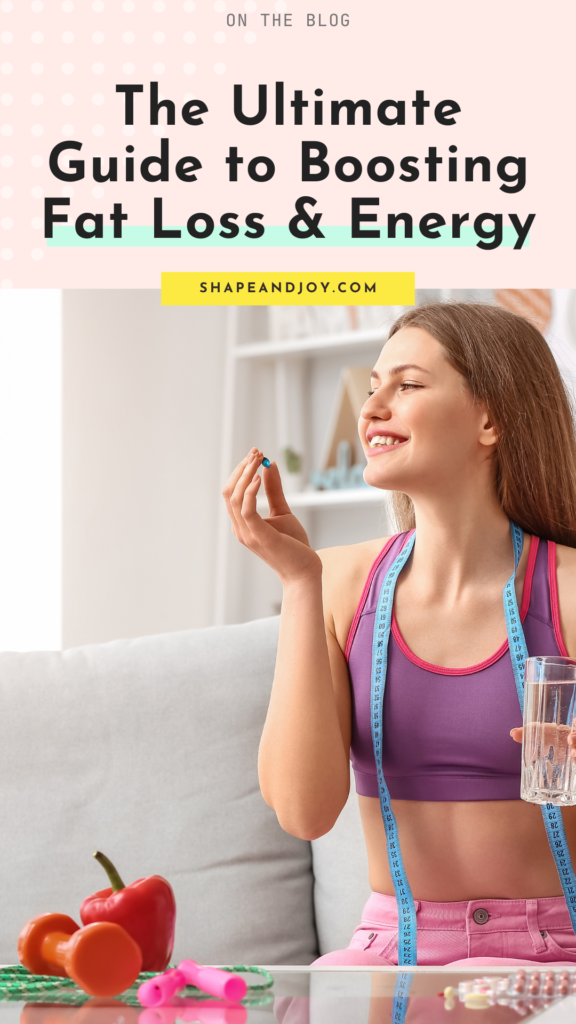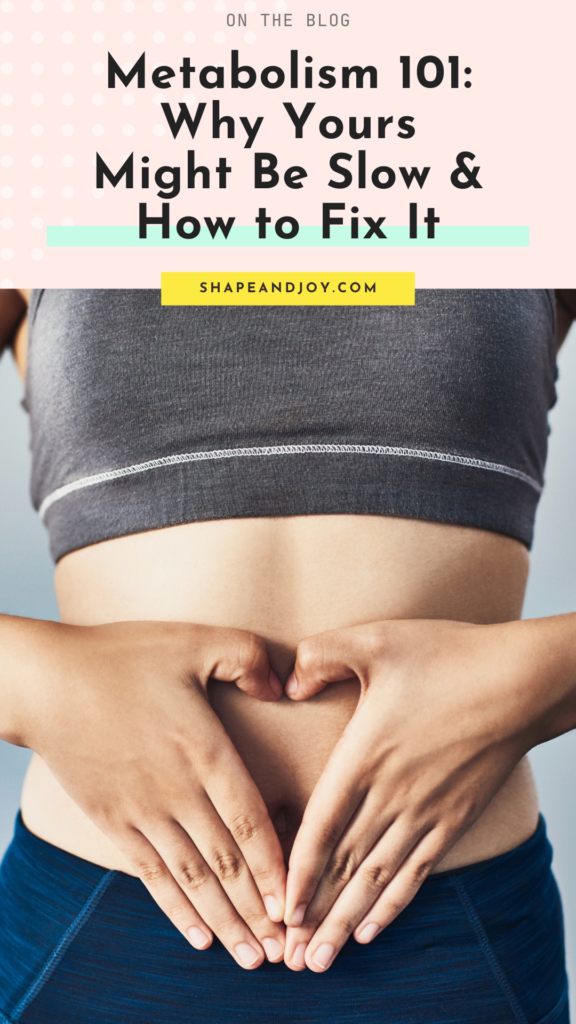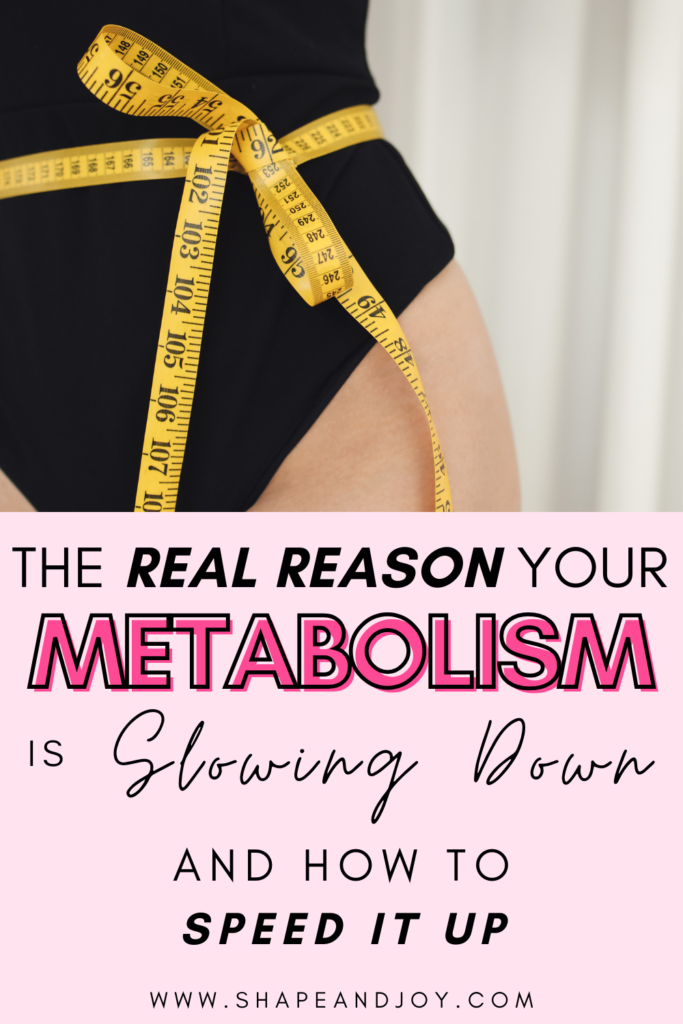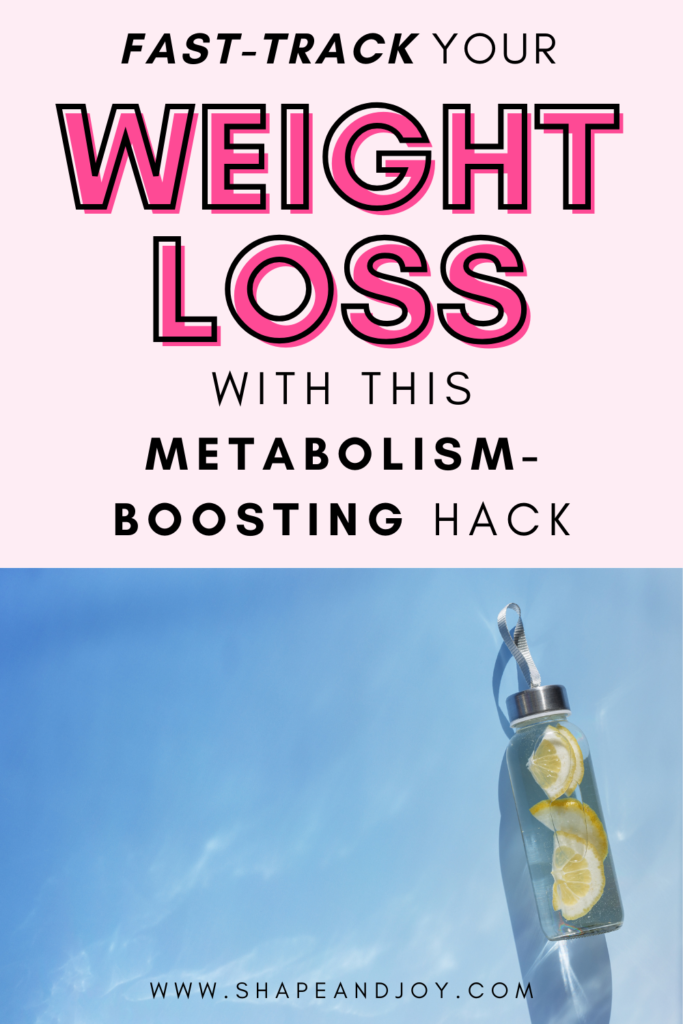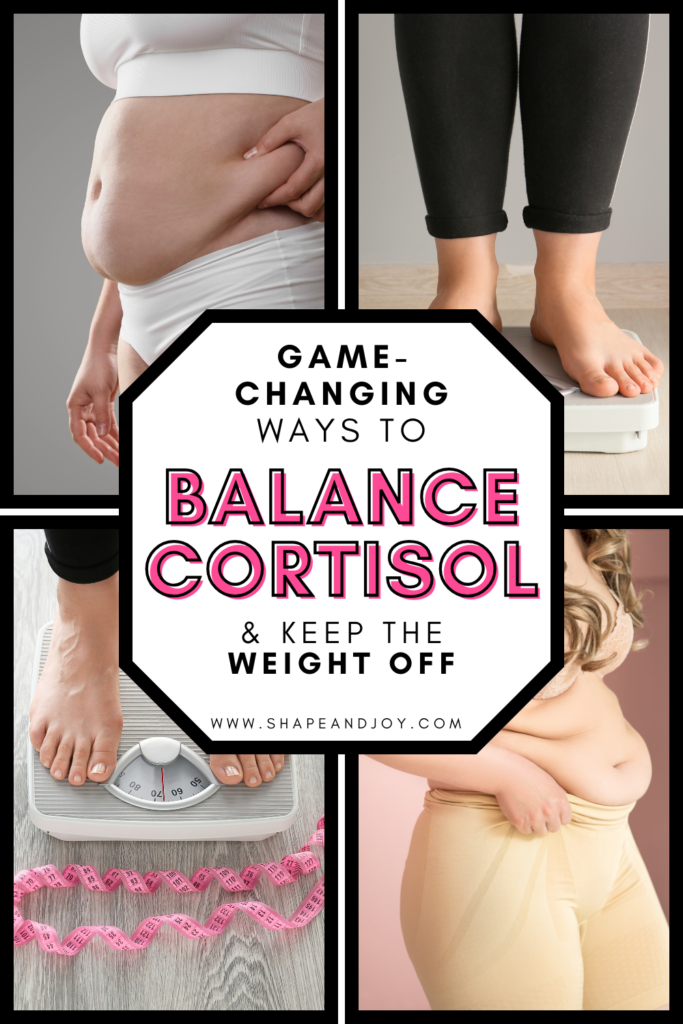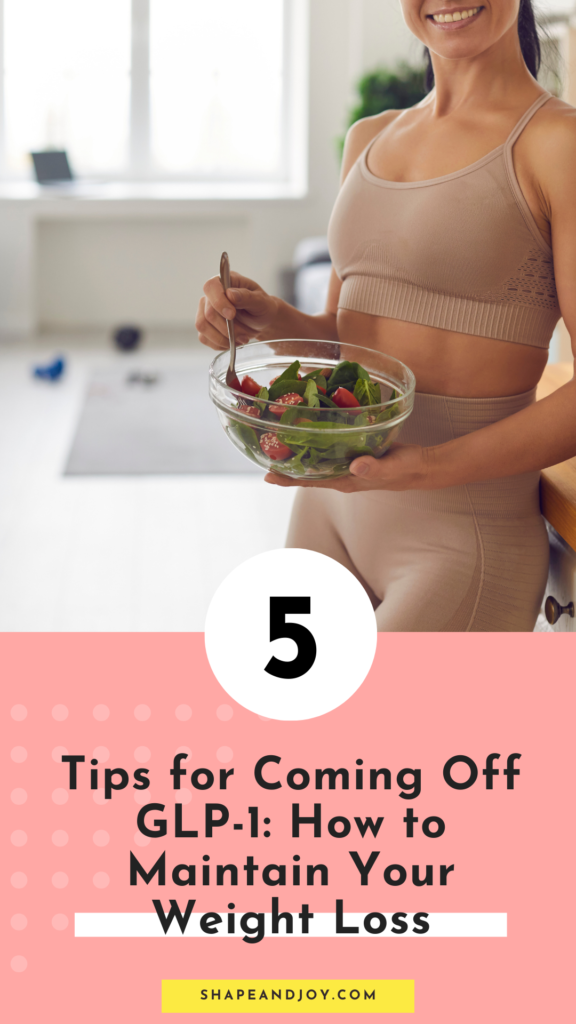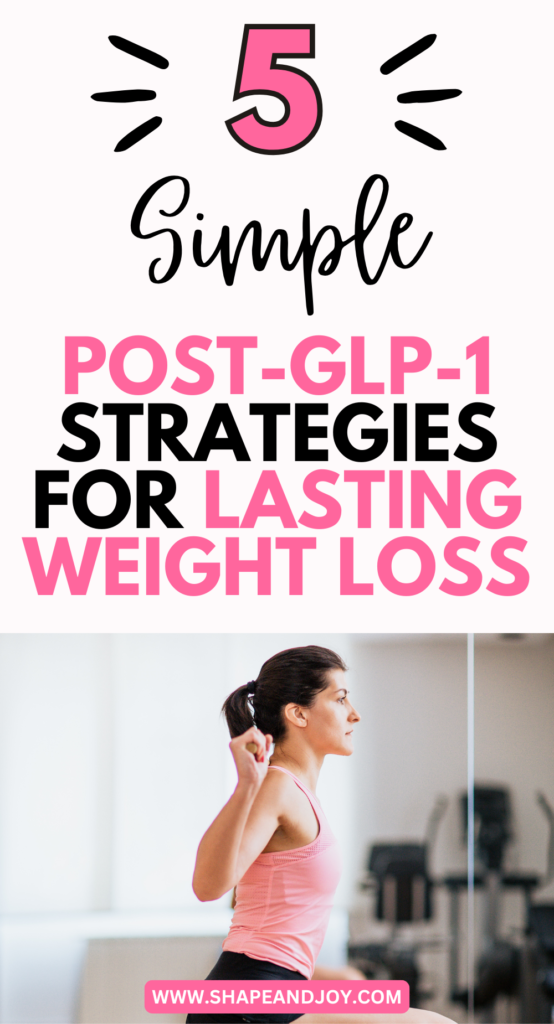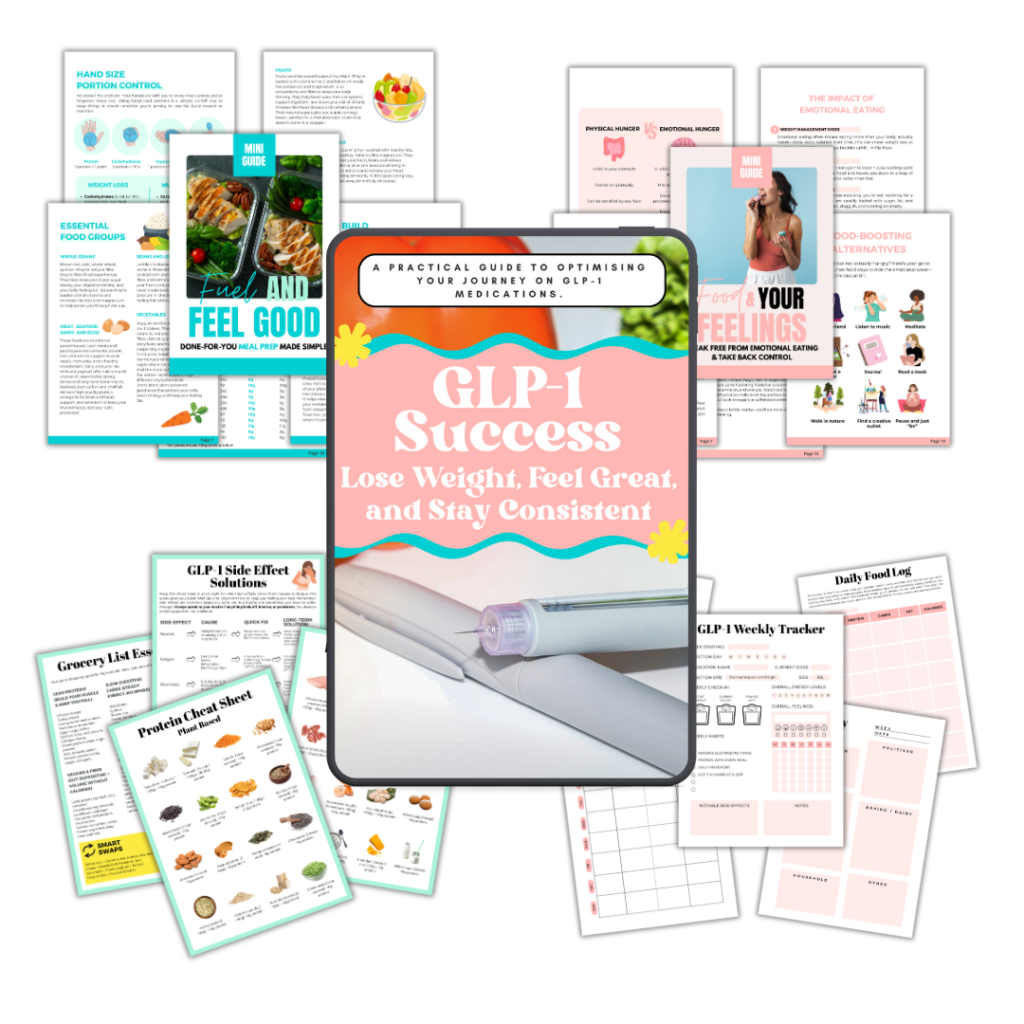Low Appetite, High Protein: The Ultimate GLP-1 Snack List
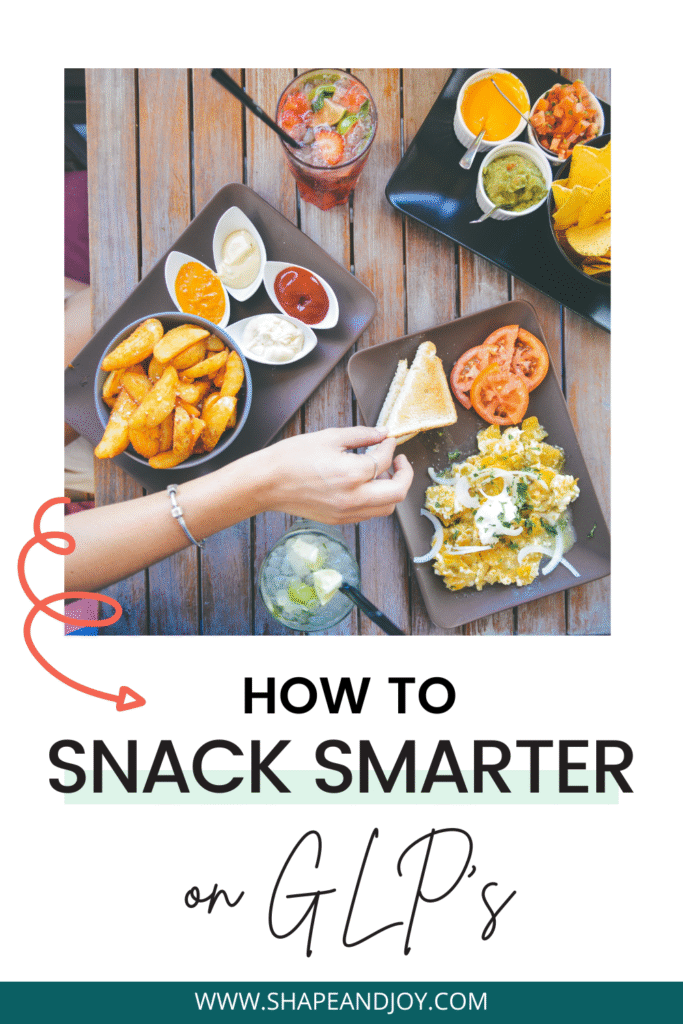
This GLP-1 Snack List is for anyone who’s ever stared at a fridge on Mounjaro or Zepbound thinking, “I know I need to eat… but I just can’t.”
On GLP-1’s, losing your appetite can be both a blessing and a bit of a nightmare. Sure, the scale’s moving — but your energy’s dipping, your protein’s lagging, and your muscles are crying out for some TLC. Don’t worry, I’ve got you.
This is your ultimate protein-packed GLP-1 snack list that won’t feel like a chore but will help you smash your goals. Let’s dive in.
Why Protein Is Non-Negotiable on GLP-1s
Let’s not sugar-coat it. Skipping protein is a fast track to muscle loss, and feeling like a soggy crisp. And you? You deserve better.
Protein keeps you:
- Burning fat, not muscle
- Feeling fuller for longer (when your hunger eventually pops back up)
- Energised, strong, and ready to strut into your glow-up era
Tiny Appetite? Big Goals.
Even just 10–15 grams of protein per snack makes a difference. This isn’t about stuffing yourself. It’s about making every bite work harder.
The Tiny Snack Formula: 4 Simple Rules
Here’s how to snack like a boss when your appetite’s playing hide and seek:
- Protein first, always. Aim for at least 10 grams.
- Fat or fibre can help (optional if you’re keeping it super light).
- Soft textures rule – if chewing feels like a chore, skip it.
- Keep it snack-sized. Think “mini but mighty.”
Think toddler-sized snacks… for a high-achieving adult on a fat-loss mission.
15 High-Protein Snack Ideas (With Protein & Calories)
No more standing in front of the fridge in a daze. Here’s your snack list with the numbers that matter.
Soft & Easy
| Snack | Protein | Calories |
|---|---|---|
| Greek yoghurt (100g) + 1 scoop collagen | 18g | ~130 kcal |
| Scrambled egg (1 large) | 6g | ~70 kcal |
| Cottage cheese (½ cup, low-fat) + 1 tsp almond butter | 14g | ~120 kcal |
| Protein pudding (½ serving) | 15g | ~140 kcal |
📌 Pin this for later! ⬇

Cool & Sippable
| Snack | Protein | Calories |
|---|---|---|
| Protein smoothie shot (½ cup with whey + berries) | 15g | ~120 kcal |
| Fairlife protein milk (½ bottle / 150ml) | 13g | ~80 kcal |
| Kefir drink (100ml) + scoop collagen | 12g | ~100 kcal |
| Bone broth (1 cup) + 1 scoop unflavoured protein | 15g | ~90 kcal |
Savoury & Snacky
| Snack | Protein | Calories |
|---|---|---|
| Mini Babybel + 1 slice turkey | 9g | ~90 kcal |
| Egg mayo (½ egg) on 2 cucumber slices | 6g | ~70 kcal |
| Tender jerky bites (20g) | 11g | ~100 kcal |
| Mini frittata (2 bites/mini muffin-sized) | 10g | ~120 kcal |
Sweet But Smart
| Snack | Protein | Calories |
|---|---|---|
| Protein truffle (1–2 small balls) | 10g | ~110 kcal |
| Half a protein bar (like Barebells or Fulfil) | 10–12g | ~100–110 kcal |
| Protein cookie dough (2 tbsp) | 8g | ~120 kcal |
You can hit your protein goals with just a few bites at a time. This isn’t about volume — it’s about value.
Stock Up Like a Boss
Make your life easy. If the right snacks are already in your fridge or cupboard, you’re far more likely to eat them — even when your stomach’s saying “not today.”
Keep these handy:
- Single-serve high-protein yoghurts
- Ready-to-drink protein milks or shakes
- Your go-to protein powder or collagen peptides
- Boiled eggs
- Mini cheeses, turkey slices, or smoked salmon
- Jerky or meat sticks
- Protein bars and puddings
- DIY protein truffles or smoothies (make ahead and freeze)
When Even Snacks Feel Like Too Much
Let’s be honest — some days, even a spoonful of yoghurt feels like running a marathon. On those days:
- Sip your protein. Smoothies, shakes, broths — whatever goes down easiest.
- Microdose your meals. One small bite every hour still adds up.
- Be kind to yourself. Progress isn’t perfect, it’s consistent.
Bottom line: Your appetite might be small, but your goals aren’t. These tiny snacks are fuelling your transformation — even when you’re not in the mood.

Final Pep Talk (And a Little Nudge)
This isn’t just about food. It’s about strategy, strength, and setting yourself up to win — even when things feel wobbly.
Stock your fridge with foods from this GLP-1 snack list , pick a few to try, and start building your protein power one bite at a time.
Next Steps:
Want to figure out exactly what to eat?
- Grab my free GLP-1 7-Day Meal Plan to help you get started on the right foot!
- Read: First 30 Days on GLP-1s: Timeline & Expectations if you’re ready to start and want a real-talk breakdown of what those first few weeks are like.
- Or dive into the Side Effects & Troubleshooting – Solutions That Work to make your journey easier.
You’ve got everything you need — now it’s just about making those small choices that lead to big results.
📌 Pin this for later! ⬇
